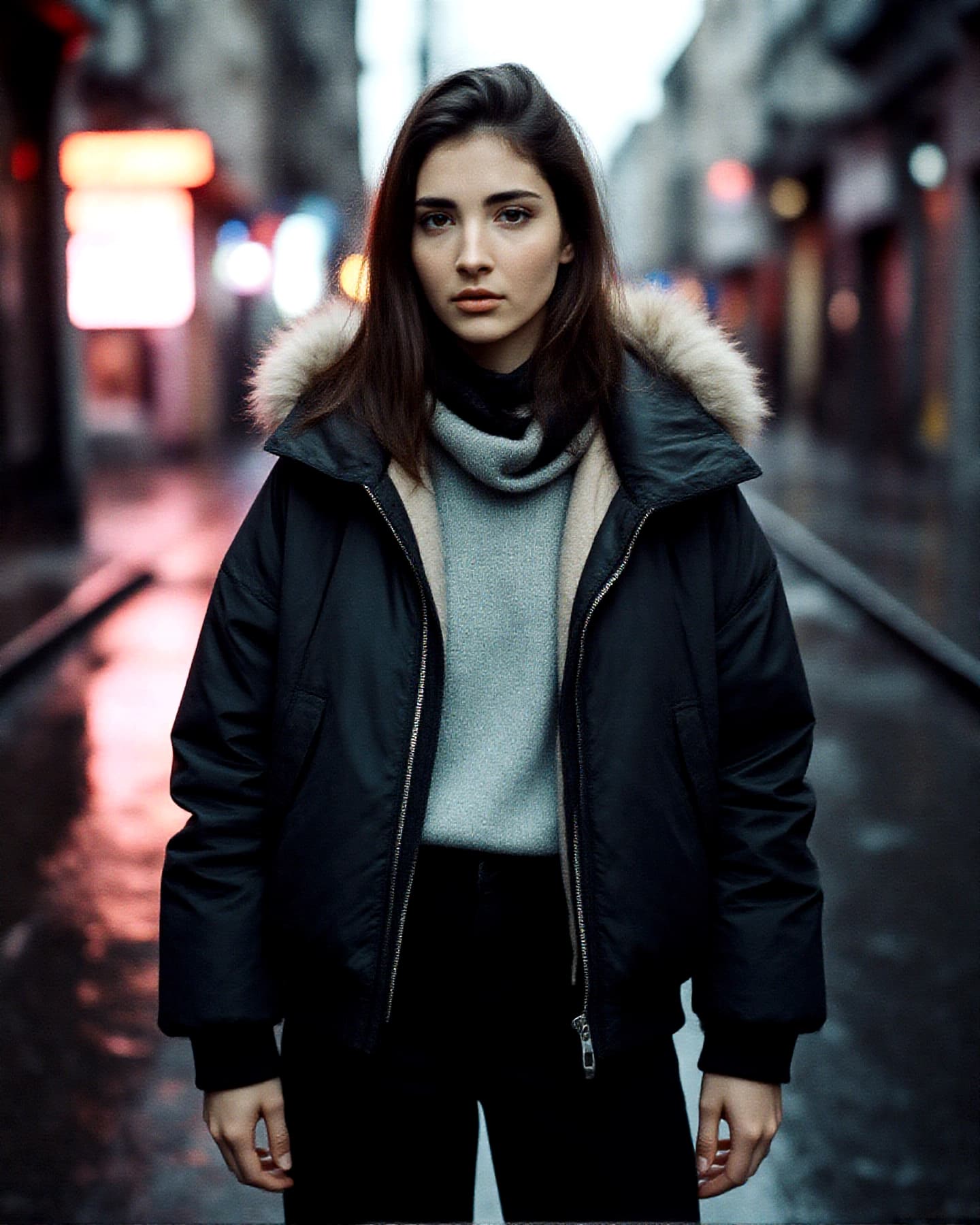Maximizing Creativity with AI Prompts: Advanced Techniques
Prompt engineering is the art and science of crafting text descriptions that guide AI image generation. Mastering this skill can dramatically improve the quality and creativity of your AI-generated images.
Understanding AI Prompt Structure
Basic Components
A well-structured prompt typically includes:
- Subject: What you want to create
- Style: Artistic approach or aesthetic
- Quality: Technical specifications
- Composition: Layout and framing
- Lighting: Illumination and mood
- Camera settings: Technical parameters
Example Structure
```
[Subject], [Style], [Quality], [Composition], [Lighting], [Camera settings]
```
Advanced Prompting Techniques
1. Style Modifiers
Enhance your prompts with specific style descriptors:
Artistic Styles:
- "oil painting style"
- "watercolor technique"
- "digital art"
- "photorealistic"
- "cinematic"
Photography Styles:
- "portrait photography"
- "editorial fashion"
- "documentary style"
- "fine art photography"
- "commercial photography"
2. Quality Enhancers
Improve technical quality with these terms:
- "high resolution"
- "4K quality"
- "professional photography"
- "studio lighting"
- "sharp focus"
- "detailed"
3. Composition Techniques
Guide the AI's composition choices:
- "rule of thirds"
- "centered composition"
- "leading lines"
- "symmetrical"
- "asymmetrical balance"
- "depth of field"
4. Lighting Descriptions
Control the mood and atmosphere:
- "golden hour lighting"
- "soft natural light"
- "dramatic shadows"
- "rim lighting"
- "studio lighting"
- "ambient lighting"
Creative Prompt Strategies
1. The Layering Technique
Build complexity by layering multiple concepts:
```
"A professional businesswoman in a modern office, editorial photography style, golden hour lighting, shot with 85mm lens, high resolution, confident expression"
```
2. The Contrast Method
Create visual interest through contrasts:
```
"Ancient architecture meets futuristic technology, cinematic lighting, dramatic shadows, high contrast"
```
3. The Emotion-First Approach
Start with the feeling you want to convey:
```
"Confident and powerful, professional headshot, warm lighting, approachable yet authoritative"
```
4. The Technical Precision Method
Use specific technical terms:
```
"Portrait photography, 85mm lens, f/2.8 aperture, shallow depth of field, professional lighting setup"
```
Common Prompting Mistakes
1. Overloading with Keywords
Too many modifiers can confuse the AI:
❌ "Professional business headshot, high quality, sharp focus, detailed, 4K, studio lighting, editorial style, confident, approachable, modern, clean background"
✅ "Professional headshot, editorial style, studio lighting, confident expression"
2. Vague Descriptions
Be specific about what you want:
❌ "A nice photo of a person"
✅ "Professional headshot of a businesswoman, confident smile, studio lighting"
3. Ignoring Negative Prompts
Use negative prompts to avoid unwanted elements:
- "no blur"
- "no distortion"
- "no artifacts"
- "no low quality"
Industry-Specific Prompting
Corporate Headshots
```
"Professional headshot, business attire, neutral background, confident expression, studio lighting, high resolution"
```
Creative Portraits
```
"Artistic portrait, creative lighting, unique composition, expressive, fine art photography style"
```
Marketing Materials
```
"Commercial photography, clean background, professional model, bright lighting, modern aesthetic"
```
Social Media Content
```
"Instagram-worthy portrait, natural lighting, casual style, engaging expression, social media optimized"
```
Advanced Techniques
1. Style Transfer
Combine different artistic styles:
```
"Renaissance painting style meets modern photography, dramatic lighting, classical composition"
```
2. Mood Setting
Create specific atmospheres:
```
"Melancholic mood, soft lighting, muted colors, contemplative expression"
```
3. Cultural References
Use cultural and historical references:
```
"Film noir aesthetic, 1940s style, dramatic shadows, mysterious atmosphere"
```
4. Technical Specifications
Include camera and lighting details:
```
"Shot with Canon 5D Mark IV, 50mm lens, f/1.4, natural lighting, shallow depth of field"
```
Iterative Refinement
1. Start Simple
Begin with basic prompts and gradually add complexity.
2. Test Variations
Try different combinations of modifiers to see what works best.
3. Analyze Results
Study successful generations to understand what made them work.
4. Build a Library
Keep a collection of effective prompts for different use cases.
Tools and Resources
Prompt Generators
- Use online tools to help structure your prompts
- Experiment with different prompt templates
- Learn from community examples
Style References
- Study photography styles and techniques
- Analyze successful AI-generated images
- Build a reference library of styles
Community Learning
- Join AI art communities
- Share and critique prompts
- Learn from other creators' techniques
Conclusion
Mastering AI prompt engineering is a skill that develops over time. By understanding the structure of effective prompts, experimenting with different techniques, and learning from your results, you can unlock the full creative potential of AI image generation.
Remember that prompt engineering is both an art and a science. While technical knowledge helps, creativity and experimentation are equally important. Don't be afraid to try new approaches and push the boundaries of what's possible.
At Avaitar, we're constantly improving our AI models to better understand and respond to creative prompts. Our platform is designed to help you explore your creativity and bring your vision to life.






